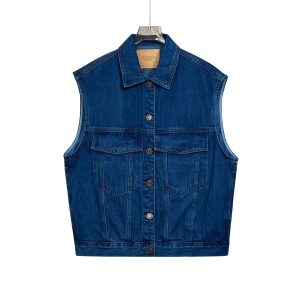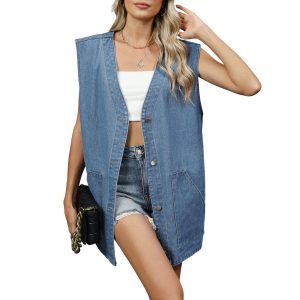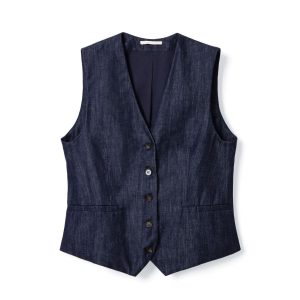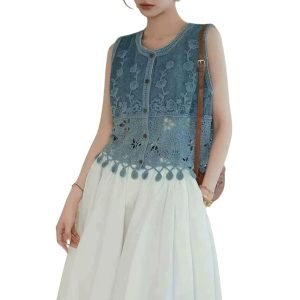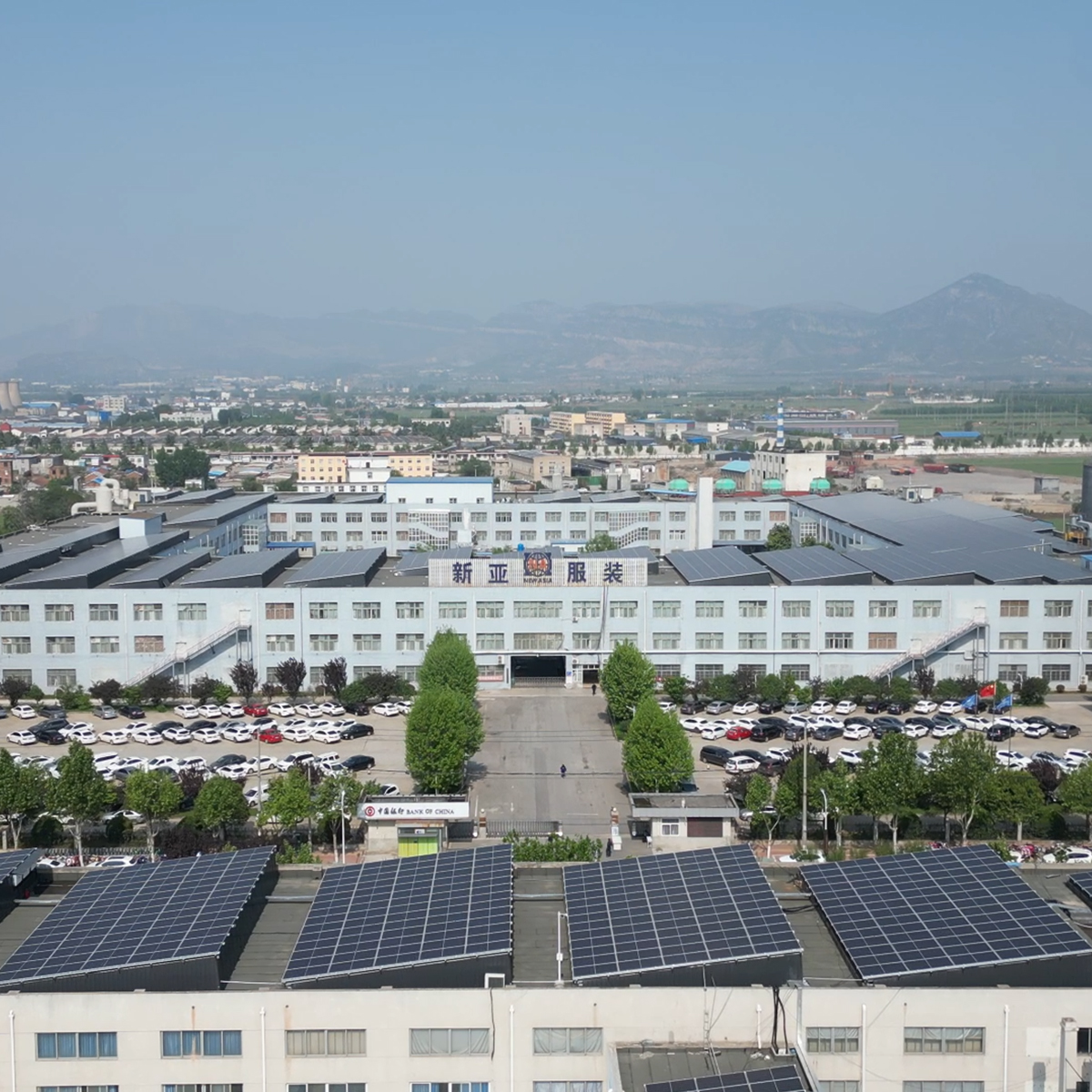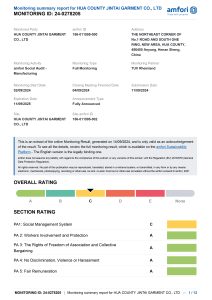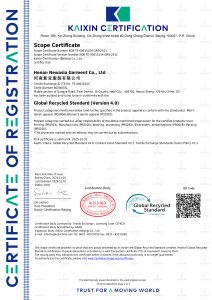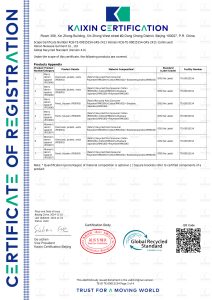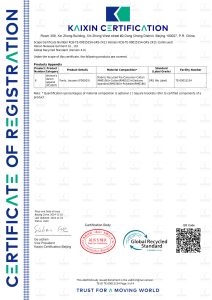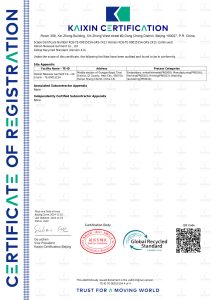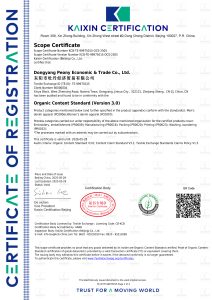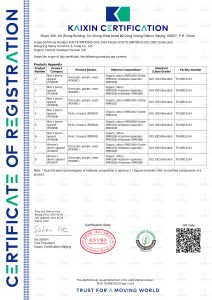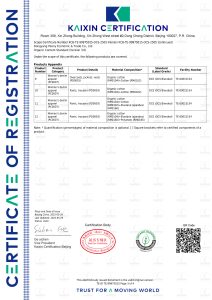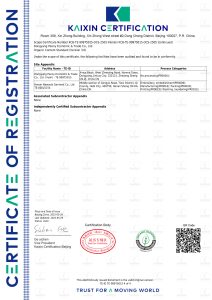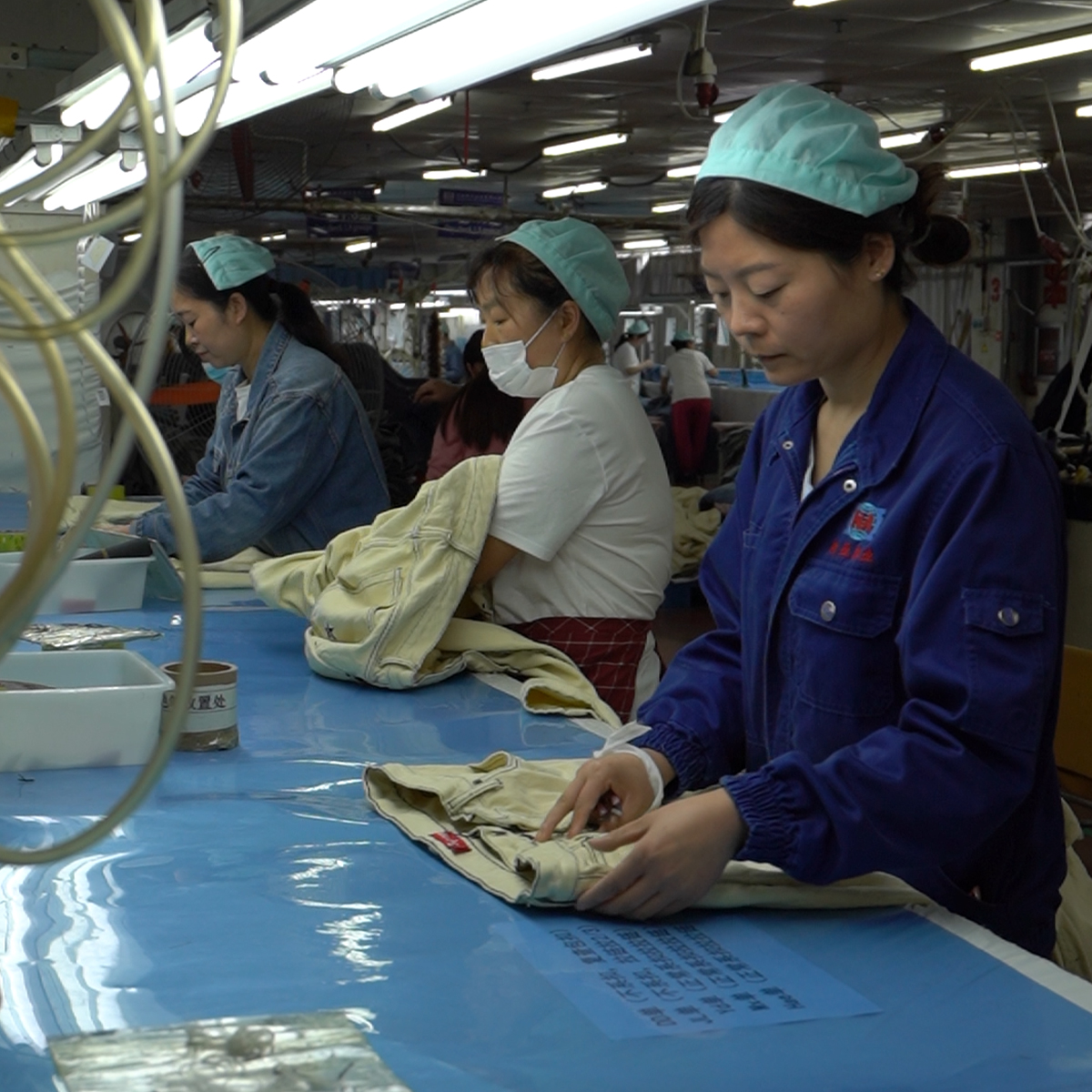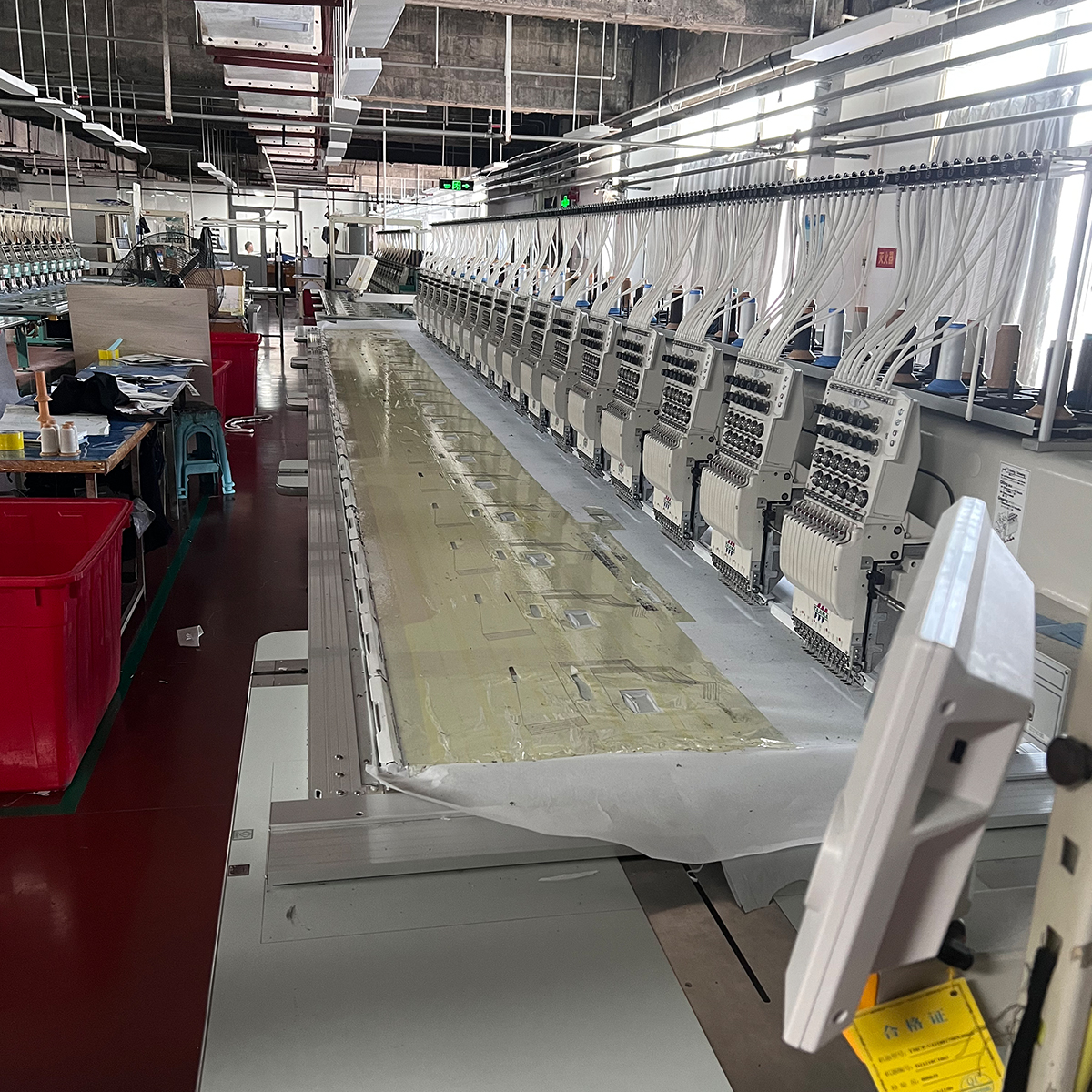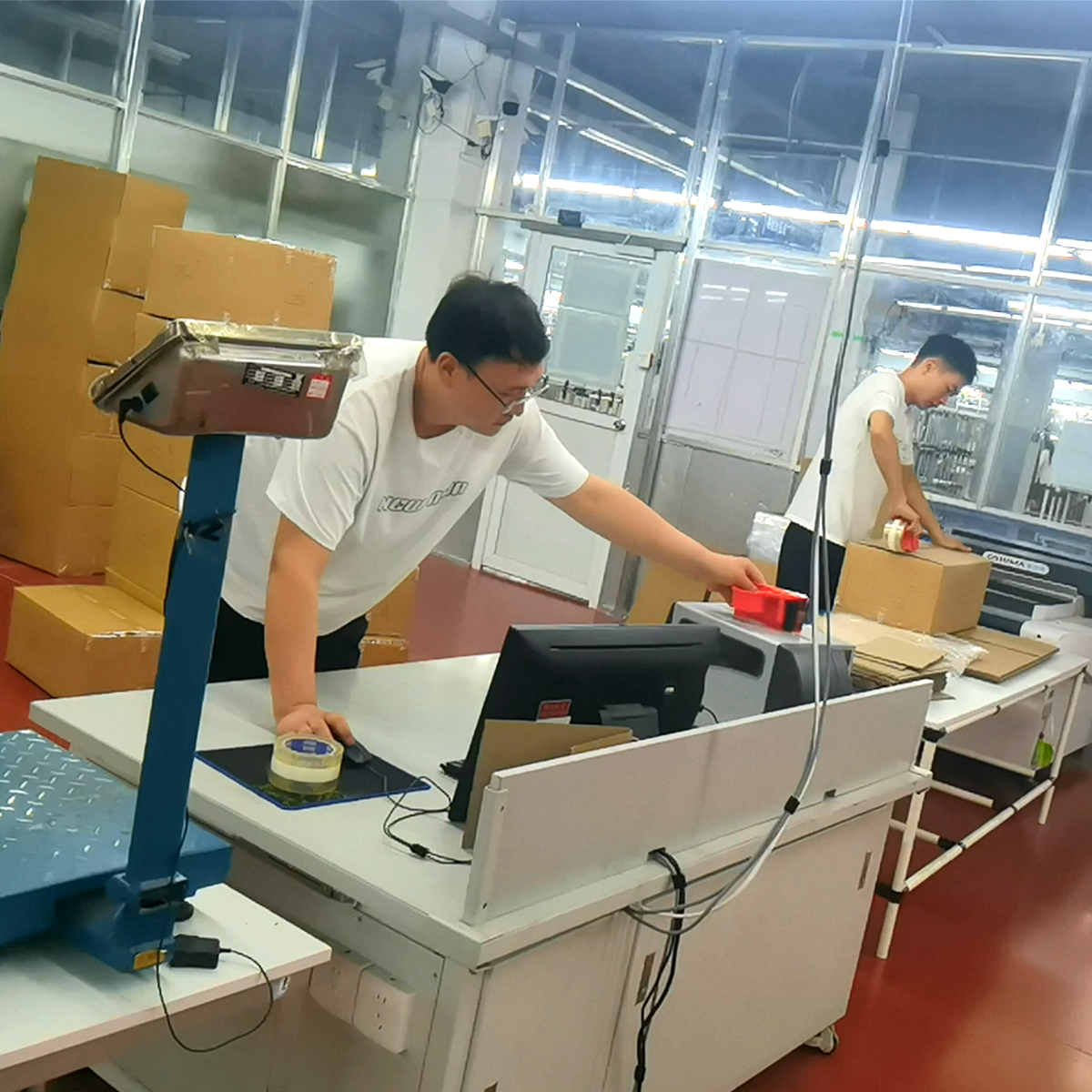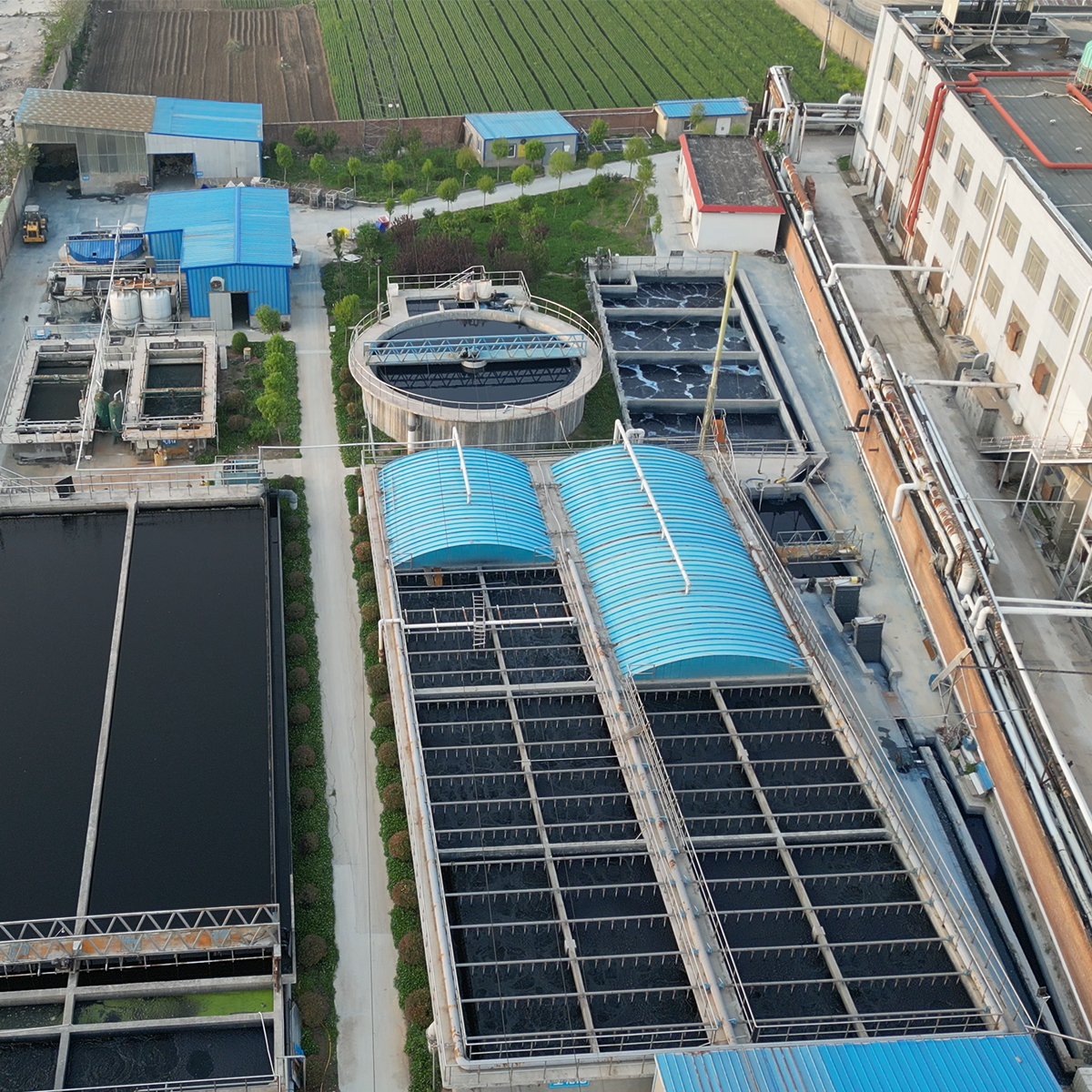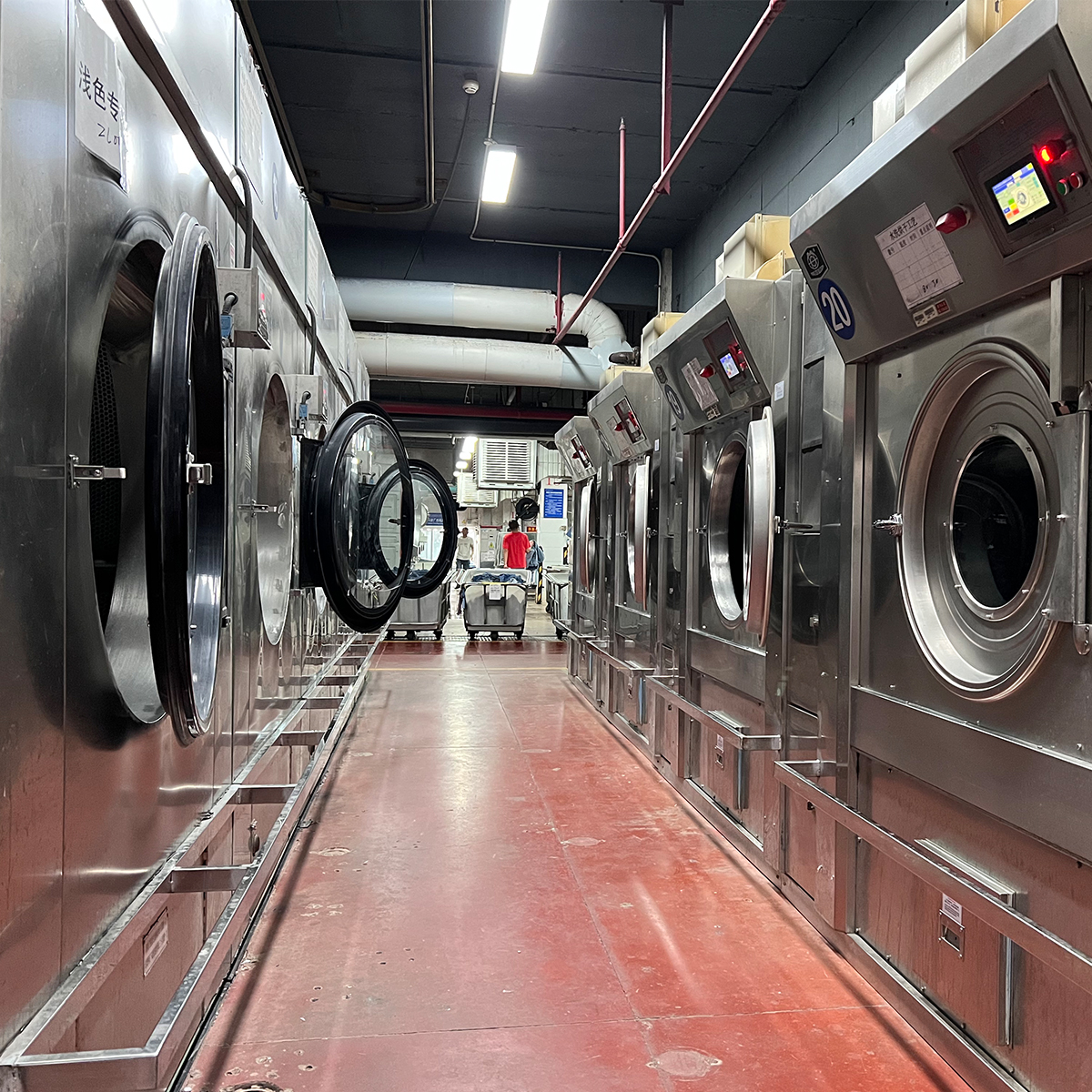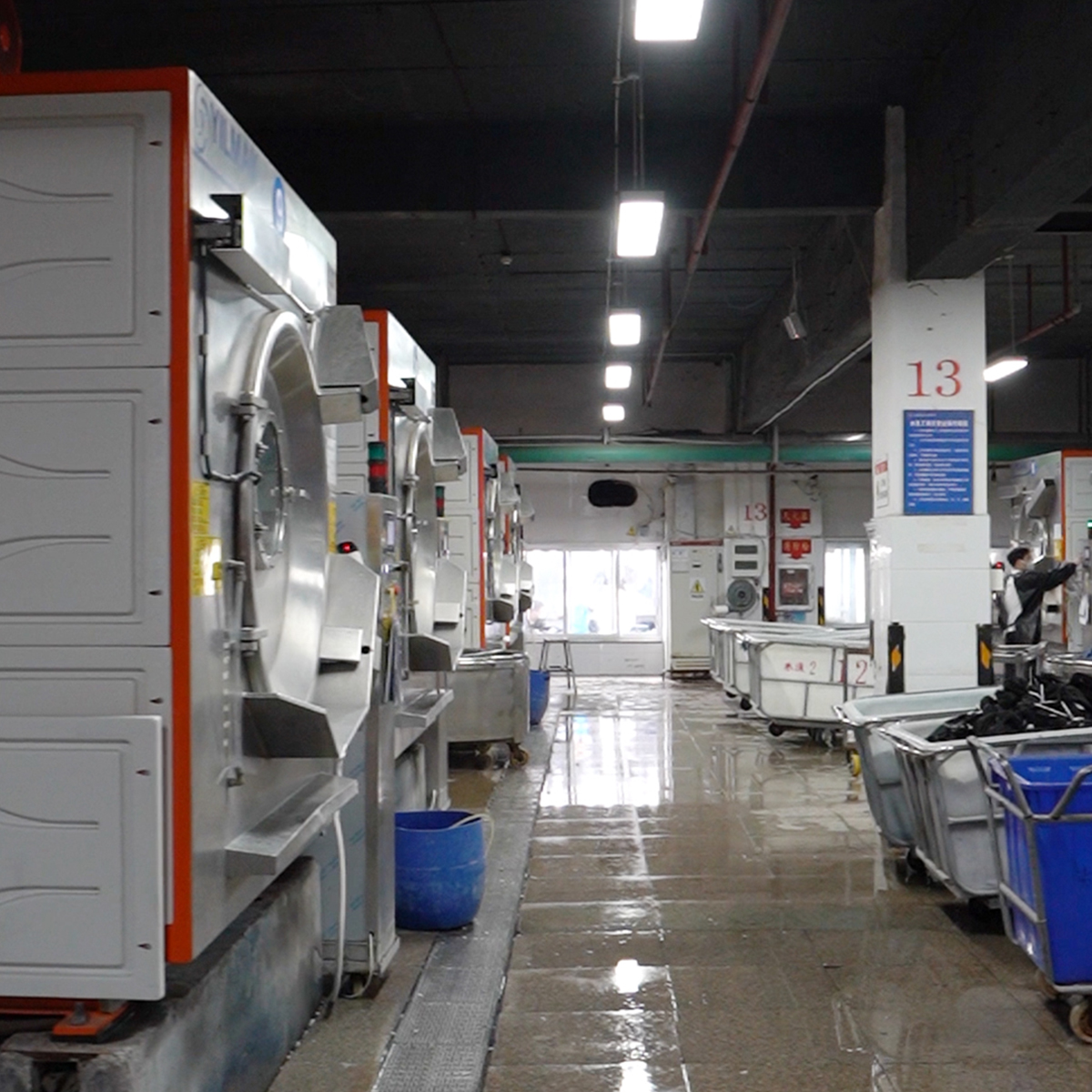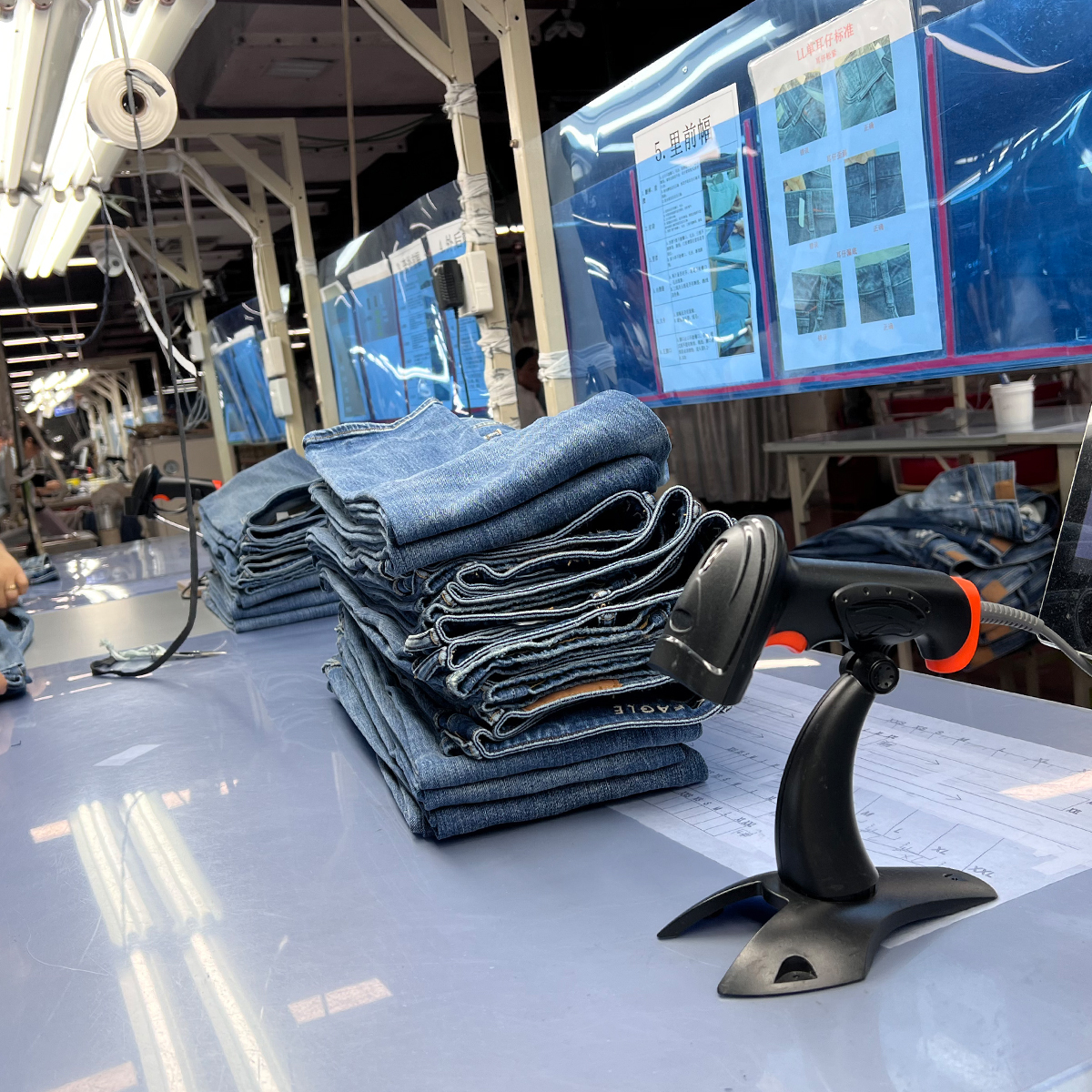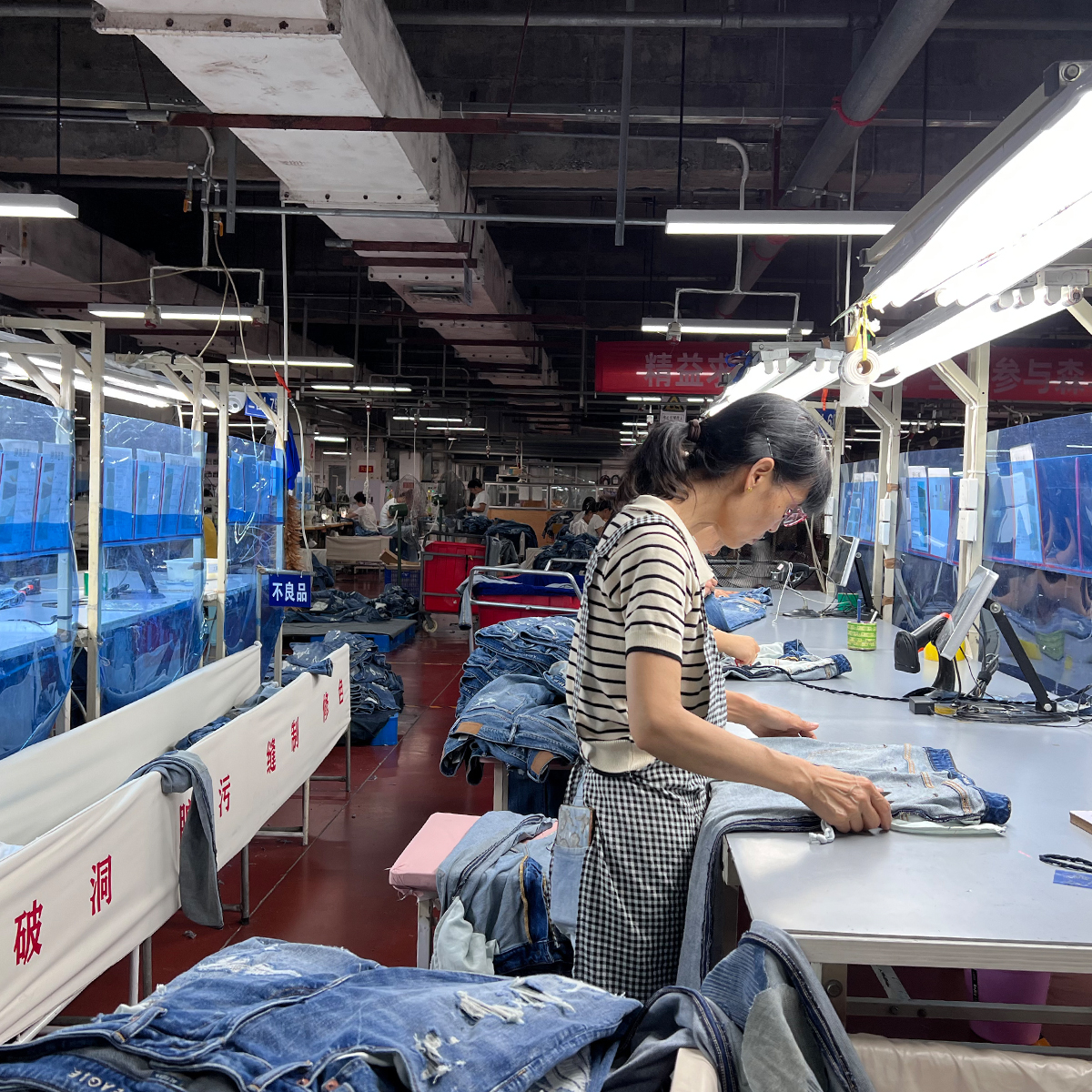Denim is a wardrobe staple for many, but the environmental impact of its production often goes unnoticed. Traditionally, denim manufacturing has been notorious for its high water consumption, contributing to significant ecological strain. However, with the rise of sustainable practices within the denim industry, several manufacturers are making strides in reducing their water usage. In this article, we’ll compare the water usage practices of major sustainable denim manufacturers, highlighting how they are addressing this pressing issue.
The Need for Sustainable Practices in Denim Production
Denim production can consume a staggering amount of water – often exceeding 10,000 liters per pair of jeans. This figure includes water for growing cotton, dyeing, and washing. As consumers become more environmentally conscious, brands are forced to reconsider their processes. Sustainable denim manufacturing is not just a trend; it’s a necessity to pivot towards a more responsible fashion industry.
Understanding Water Footprint
The term “water footprint” refers to the total volume of freshwater used directly or indirectly to produce a product. In the context of denim, it encompasses everything from cotton cultivation to manufacturing and washing processes. By analyzing the water footprint of various brands, we can better understand how different practices affect overall water usage.
Major Sustainable Denim Manufacturers and Their Water Practices
1. Levi’s
Levi’s has been a pioneer in adopting sustainable practices in the denim industry. One of their standout initiatives is the WaterLess process, which has saved over 3 billion liters of water since its launch. This technique reduces water consumption by up to 96% during the finishing process of jeans. Furthermore, Levi’s has been working with Better Cotton Initiative (BCI) to source cotton more sustainably, which also impacts water usage positively.
2. Wrangler
Wrangler has introduced the “WaterLess” collection, focusing on innovative techniques that reduce the water used in the manufacturing process. The brand claims to have saved around 15 million liters of water through improvements in washing operations alone. They also advocate for sustainable cotton farming practices which are critical to minimizing the overall water footprint.
3. Mud Jeans
A leader in circular fashion, Mud Jeans operates on a unique model where consumers can lease jeans rather than purchase them. They utilize eco-friendly practices that lessen water consumption, including reduced dyeing processes and the use of organic cotton. Mud Jeans claims to use 40% less water compared to traditional jeans production methods.
4. Patagonia
Known for its overall commitment to sustainability, Patagonia implements a variety of practices that diminish water usage in denim production. Their usage of organic cotton, which typically requires less water than conventional cotton, along with environmentally friendly dyeing techniques, aids in reducing the overall water footprint. Patagonia has also been transparent in reporting their water usage, setting an example for other brands.
Case Study: Impact of Different Practices
Each of these brands has adopted unique strategies to reduce water consumption. For instance, while Levi’s emphasizes reducing water in the finishing stage, Mud Jeans focuses on leasing and recycling to decrease overall demand for new materials. Analyzing the outcomes of these strategies can provide insights into effective practices for broader application in the industry.
Comparing Water Footprints
| Brand | Water Footprint (in Liters per Pair) | Sustainable Practices |
|---|---|---|
| Levi’s | 1,200 | WaterLess techniques, BCI cotton |
| Wrangler | 1,300 | WaterLess collection |
| Mud Jeans | 1,100 | Leasing model, organic cotton |
| Patagonia | 1,050 | Organic cotton, eco-friendly dyes |
Consumer Influence on Water Usage
The consumers hold significant power in influencing the industry towards more sustainable practices. By choosing brands that prioritize water conservation, consumers can help shift the market dynamics. Supporting companies that are transparent about their water usage and sustainable efforts is crucial. Furthermore, consumers can opt for more sustainable clothing care practices, such as washing jeans less frequently and using cold water, to contribute to reduced water consumption across the board.
The Future of Sustainable Denim
The denim industry is at a crossroads, and the path toward sustainability is fraught with challenges and opportunities. As discussed, brands like Levi’s, Wrangler, Mud Jeans, and Patagonia are leading the charge towards reducing water usage. However, for true change to happen, collaboration among brands, consumers, and cotton farmers is vital to create a holistic approach towards sustainable denim production.
Innovative Technologies on the Horizon
Emerging technologies in water purification and recycling hold promise for future denim production. Methods such as using closed-loop systems in factories can greatly diminish the need for fresh water, while innovations like waterless dyeing processes have begun reshaping how denim is made. With the continuous advancement of technology, the potential exists for drastic reductions in water usage, even beyond the current sustainable practices.
The Role of Regulation and Standards
Regulatory bodies and industry standards are increasingly essential in pushing for lower water usage across the board. Organizations such as the Better Cotton Initiative and the Sustainable Apparel Coalition not only promote responsible practices but also hold companies accountable for their water consumption. Adhering to these standards can further split the market into responsible and non-responsible practices, nudging even more brands towards sustainability.
Call to Action: Embrace Sustainable Denim
As we have explored, the world of sustainable denim is multifaceted with various approaches to reducing water usage. Each brand has a unique set of sustainable practices that not only help the environment but also cater to an increasingly aware consumer base. As consumers, it’s essential to stay informed, support brands that prioritize sustainability, and advocate for reduced water consumption across all sectors. Together, we can drive change and encourage a water-conscious culture in fashion.



